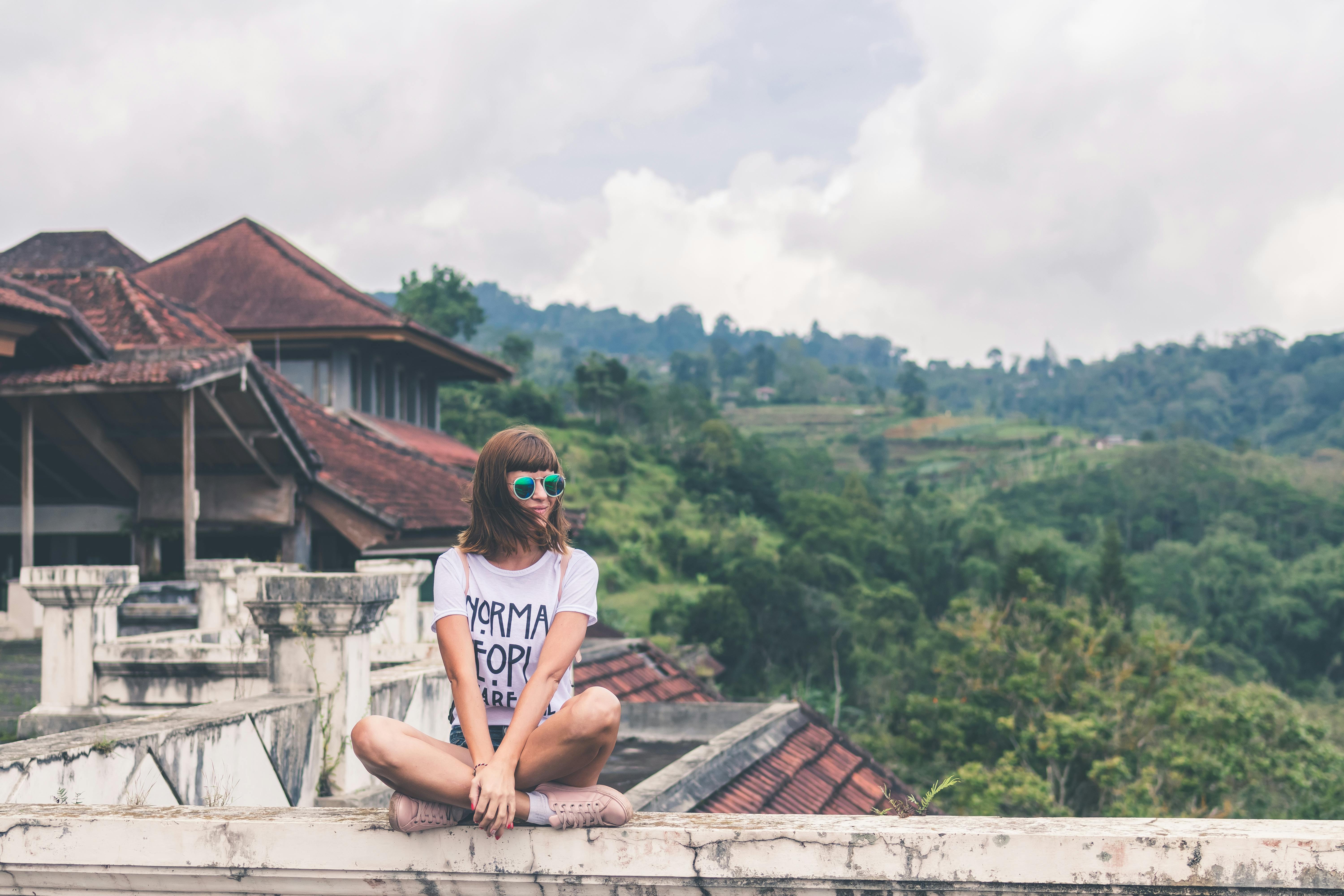Every human being seeks happiness, although happiness is something different for each of us. When babies are born, everyone intuitively cries when hurt and smiles when loved or pampered. Some of them then choose pain over pleasure. Why?
Children’s natural instincts lead them to love and care.
When a child is born, the natural and intuitive response of the child to loving gestures and affection is positive, while the response in case of pain or neglect is crying and sadness. This is the natural response in all children, regardless of their origin, ethnic group, or social class. Most of them will also treat those around them in the same way as themselves. If love is what they receive, love is what they give. Unless something terrible happens, children grow up responding in kind, loving others first. Unfortunately, that is not always the case. Some children are exposed to certain experiences in their early years that teach them to treat other human beings in other ways.
When children hear threats and see physical mastery as a regular part of their days, such behaviors can become the norm, the role model, and the role model. If your role models often insult, criticize, or make fun of others, that is what they will learn and aspire to do. They will slowly change their innate reactions as they gradually convince themselves that their reality is as it should be, even if their innermost feelings seem to contradict what they see others doing. Little by little, the first impulses that lead these children to smile and love when they are smiled and loved diminish and change because their experience teaches them that these reactions are not right. By observing those around them, those whose behavior is their example, they begin to control their intuitive responses and adopt new ones that are more similar to those they observe in their immediate environment.
Most bullies and bullies learn their behavior from their elders.
Unless there is an alternative behavior that causes them to question what they see, many of these children will take the example they have in front of them as the norm. They will consider abusing others to be the logical way to be adults. They will understand that relationships require violent and aggressive speech. They will expect submission from others if they want to be what they should be. Some will take the opposite point of view, true; that of victim or victims, the only second role they witness in their early years. In this case, they could also grow to show similar behaviors.
By the time those children are exposed to other models, their early beliefs are already established and strengthened. It will not be until they are much larger than the other alternatives that they become visible or accessible to them. By then, they will be rejected because their convictions are already strong enough. They will reproduce their learned behavior and step on others to gain admiration or preponderance, without even considering that there could be a different way. Let’s not forget that, for them, that is the norm.
Most bullies, bullies, tyrants, and racists are created this way. They just follow the example they had in their early years. Without questioning their convictions for quite a few years, they were never given a different chance.
Society needs to offer children alternative role models to change learned patterns of abuse.
For society to change, if violence and aggression become the exception rather than the norm, alternative roles must be present in all years of childhood. If negative role models are to be nullified, it is necessary to experience more positive ones to offer these children the opportunity to question the first. Only by making a general effort, throughout society, will we be able to uproot those deep and ingrained beliefs that travel from generation to generation and perpetuate violence against other weaker human beings.
When an abusive parent shows dominance, a young child should be exposed to loving and respectful parents from other families. When witnessing harsh, critical and insulting speech, the child should listen to others treat their peers with love and respect, perhaps from those around them, to counter the model that the child has. When an adult abuses weaker others, the child must also see how other adults protect the victim and question the abuser. Only then will our society change; when those young children whose beliefs are taking hold now have the opportunity to embrace and preserve their natural instincts to love, support and care for others, as they first felt at birth.
It is time to stop the spread of abusive roles.
Abuse and violence will not be eradicated by policies, rules or laws. They will not be eliminated from society for treatments and therapies. The only real way is through education, offering our youngest alternative models that prevent them from replicating destructive and aggressive behaviors. The effort that is needed is global and of the whole of society. No adult should look the other way in the presence of children when inappropriate behavior is displayed. No adult should laugh when others are ridiculed or made fun of. All adults should aim to share positive and respectful relationships so that young witnesses also have the opportunity to adopt them.
No violence should be fought with greater violence. There is no need for that. If we consider that all human beings are born to enjoy being loved and cared for, why not make it a worldwide movement to prevent as many children as possible from changing their beliefs just by offering them an alternative? That’s all it takes, really. When societies publicly display that powerful message of support and care, most children will be exposed to it. It is time to stop looking the other way or to enjoy the show. It is time to guide our younger generations in a more positive direction.
Enjoy life … EVERYTHING,
